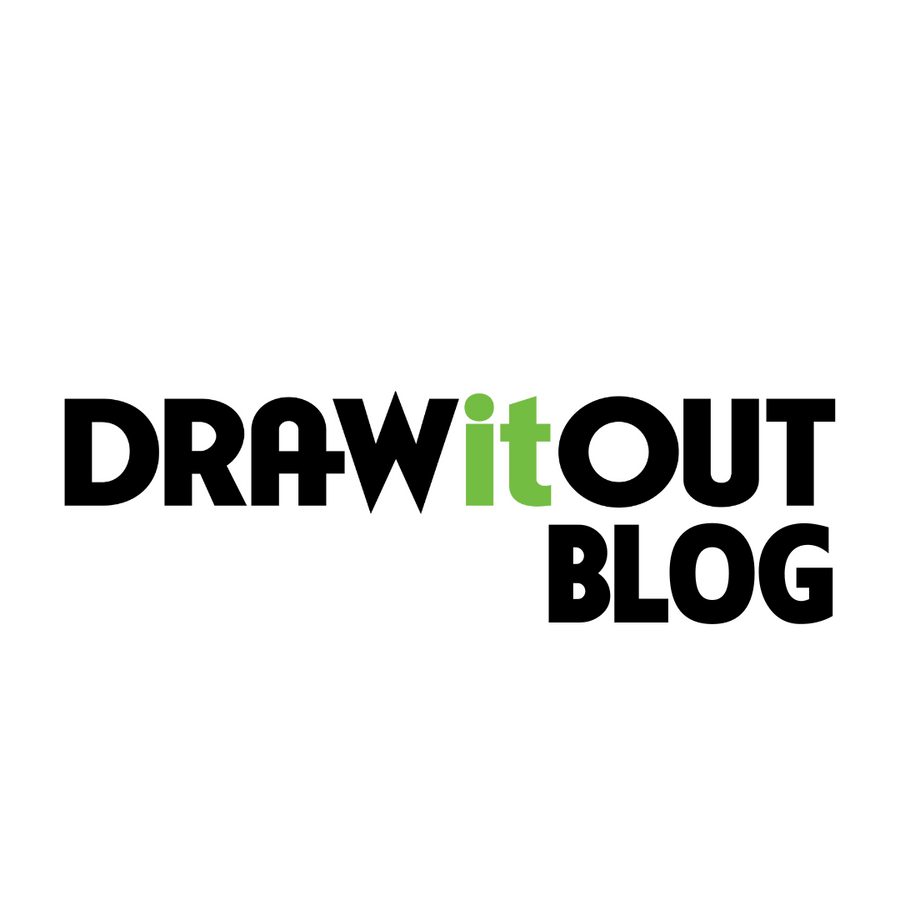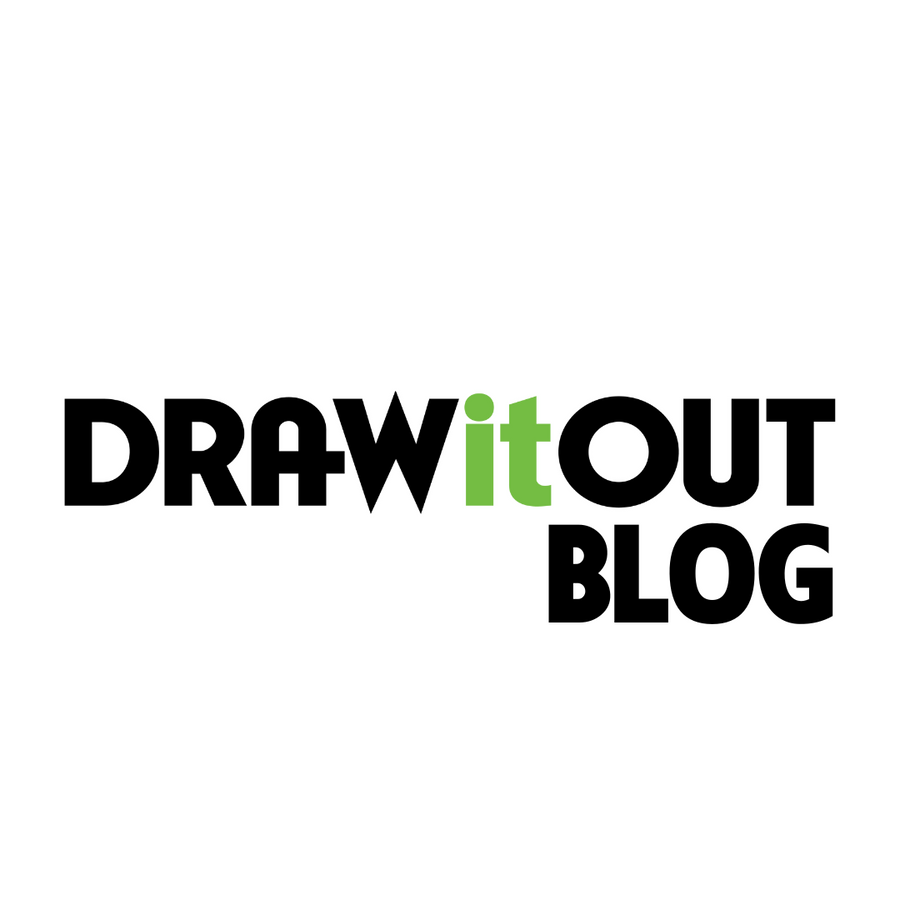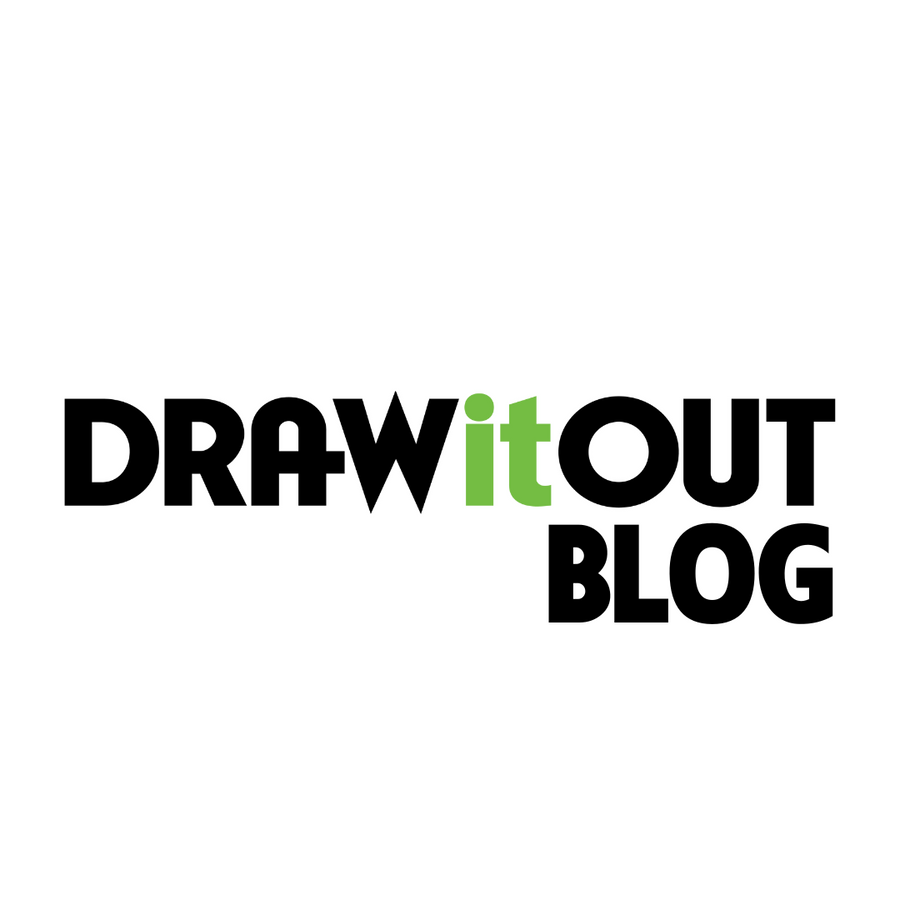
SI Joint Support in Horses | Draw It Out®
Practical ways to support your horse’s SI joint—mobility routines, cool-down care, and safe liniments for comfort and performance.

Common Grooming Mistakes to Avoid: Enhancing Equine Well-being
Introduction:
Grooming is an essential aspect of equine care that goes beyond the pursuit of aesthetics. Regular grooming not only enhances the horse's appearance but also plays a vital role in maintaining their overall health and well-being. However, in the process of grooming, even the most well-intentioned horse owners and caretakers can make mistakes that inadvertently compromise the horse's welfare. In this comprehensive guide, we will delve into the common grooming mistakes to avoid, shedding light on best practices that will help ensure the horse's comfort, health, and happiness.
Section 1: Neglecting Regular Grooming Sessions
Grooming should be a routine activity, regardless of whether the horse is actively working or not. In this section, we will explore the importance of regular grooming sessions and discuss the benefits they bring to the horse's physical and mental well-being. We will emphasize the role of grooming in promoting circulation, distributing natural oils, and providing a thorough inspection of the horse's body for any abnormalities or injuries. Additionally, we will provide practical tips on establishing a grooming schedule and explain how consistency in grooming routines can positively impact the horse's overall health.
Section 2: Using Improper Tools or Techniques
Using inappropriate grooming tools or employing incorrect techniques can cause discomfort and even harm to the horse. In this section, we will take an in-depth look at the different grooming tools available and their specific purposes. We will discuss the types of brushes, combs, and grooming equipment needed for various tasks, such as body brushing, mane and tail care, and hoof cleaning. Additionally, we will provide guidance on proper handling and techniques for each tool, ensuring that horse owners have a comprehensive understanding of the tools and techniques that should be utilized for each grooming task.
Section 3: Neglecting Hoof Care
Hoof care is an integral part of grooming and should never be overlooked. Neglecting regular hoof maintenance, such as cleaning, trimming, and shoeing, can lead to various issues like cracked hooves, abscesses, or lameness. In this section, we will provide a detailed overview of proper hoof care practices. We will discuss the importance of regular hoof cleaning, the signs of a healthy hoof, and the indicators that require attention from a farrier or hoof care professional. We will also address common misconceptions about hoof care and debunk any myths surrounding this critical aspect of grooming.
Section 4: Overlooking Sensitive Areas
Sensitive areas of a horse's body, such as the face, ears, and tail, require special attention and gentle handling during grooming. In this section, we will explore the anatomy of these sensitive areas and provide step-by-step guidance on how to approach grooming them with care and sensitivity. We will discuss the use of soft brushes, gentle strokes, and positive reinforcement techniques to ensure the horse's comfort and trust during grooming sessions. Additionally, we will address common issues related to sensitive areas, such as ear shyness or tail swishing, and offer tips on building trust and rapport with the horse to create a positive grooming experience.
Section 5: Negligence in Skin and Coat Care
Proper skin and coat care are vital for the horse's overall health and comfort. Neglecting regular bathing, grooming, and inspecting the skin can lead to skin conditions, such as dermatitis, fungal or bacterial infections, and parasites. In this section, we will delve into the anatomy and physiology of the horse's skin and coat, explaining the importance of maintaining a clean and healthy coat. We will provide guidance on selecting suitable grooming products, addressing specific skin conditions, and establishing an effective grooming routine to ensure optimal skin and coat health. Furthermore, we will discuss the benefits of regular grooming in preventing issues such as rain rot, dandruff, and sunburn.
Section 6: Inadequate Mane and Tail Maintenance
Mane and tail care can significantly contribute to the horse's appearance and comfort. Neglecting regular brushing, detangling, and cleaning of the mane and tail can lead to painful matting, breakage, and even skin issues. In this section, we will discuss the best practices for mane and tail maintenance, including techniques for proper brushing, detangling, and grooming. We will explore different products and tools specifically designed for mane and tail care, addressing issues such as split ends, knots, and thinning hair. Additionally, we will provide tips on preventing common issues like tail rubbing and mane breakage, as well as discuss various styling options for those interested in showing or competitive disciplines.
Section 7: Grooming for Special Circumstances
In this section, we will address grooming considerations for horses with special needs or circumstances. We will discuss grooming tips for senior horses, addressing issues such as sensitive skin, decreased mobility, and dental concerns. Furthermore, we will provide guidance on grooming practices for horses with skin allergies or conditions, such as sweet itch or hypersensitivity. Additionally, we will explore grooming routines and techniques for horses recovering from injuries or undergoing rehabilitation, ensuring their comfort and promoting healing.
Section 8: Grooming Etiquette and Safety Measures
Grooming etiquette and safety measures are of utmost importance when handling horses. In this section, we will discuss the proper approach to grooming, emphasizing the need for patience, respect, and clear communication with the horse. We will provide guidance on safe grooming practices, such as tying up the horse securely, wearing appropriate attire, and using caution around the horse's hindquarters. Additionally, we will address common safety concerns during grooming, including preventing accidents, recognizing signs of discomfort or stress, and dealing with difficult or fractious horses.
Conclusion:
Proper grooming practices are essential for maintaining a horse's overall health, well-being, and happiness. By avoiding common grooming mistakes, such as neglecting regular sessions, using improper tools or techniques, and overlooking sensitive areas, horse owners can ensure that grooming becomes a positive and beneficial experience for both the horse and the caretaker. By prioritizing the horse's comfort, employing best practices, and considering individual circumstances, we can enhance equine welfare and strengthen the bond between horse and human. Through this comprehensive guide, horse owners and caretakers will gain a deep understanding of the importance of grooming and be equipped with the knowledge to provide exceptional care for their equine companions.

Practical ways to support your horse’s SI joint—mobility routines, cool-down care, and safe liniments for comfort and performance.

A rider’s guide to keeping senior horses moving—daily joint support routines, safe liniment care, and recovery strategies for long-term c...

Senior horses can stay sound with the right care. Here’s how to keep joints fluid, mobility strong, and recovery supported.
!